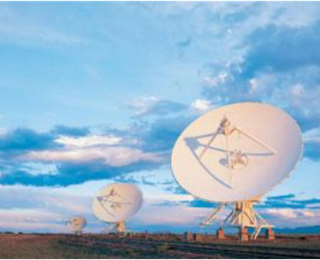
Subscribe
Follow us on Twitter
More Posts About
galaxy evolution black holes Kepler cosmology observations astronomy spectroscopy theory stars stellar evolution gravitational waves astrophysics dark matter transits galaxies exoplanets Milky Way dwarf galaxies habitability star formation protoplanetary disks radio astronomy simulations binary stars planetary science supernovae planet formation AAS solar system AGN
Posts by Category
Our Sister Sites
(Organized under ScienceBites)
- Astrobitos (Astrobites in Spanish)
- Astropontos (Astrobites in Portugese)
- staryab (Farsi)
- ArAStrobites (Arabic)
- BiteScis (K12)
- Chembites
- Cogbites
- Envirobites
- ForensicBites
- Geobites
- Heritagebites
- ImmunoBites
- Nutribites
- Oceanbites
- OncoBites (Cancer)
- Particlebites
- PERbites (Physics Education Research)
- Reefbites
- Softbites
- astro[sound]bites
